Climbing beans like runner beans need climbing aids. There are different ways of setting this up.
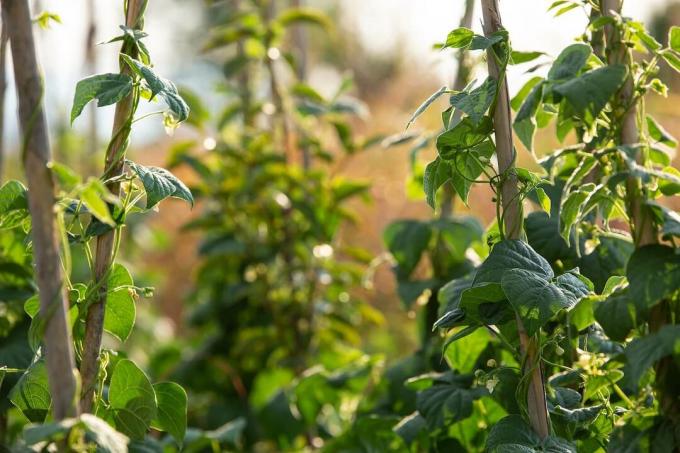
The different ways of setting up beanstalks each have different advantages and disadvantages. Beans that grow tall, such as pole beans (Phaseolus vulgaris var. vulgaris), do not take up much space in the bed. Since the beans climb up with the help of loops, you don't necessarily have to tie them up, as is the case, for example, with tomatoes (Solanum lycopersicum) necessary is.
Contents
- Do all beans need a trellis?
- Which climbing aid is most suitable?
-
Build a climbing aid for beans yourself
- bean tent
- vertical bars
- Crossed beanstalks
Do all beans need a trellis?
Not all beans need a climbing aid. For example, the bush beans do not need any. They reach a maximum growth height of 60 cm and thus remain compact. On the other hand, if you want something decorative fire beans (Phaseolus coccineus) and growing pole beans, it always needs a climbing aid. Because these beans can reach growth heights of up to 4 m.
Which climbing aid is most suitable?
Since the beans fix themselves around objects like a loop, climbing aids such as chain link fences, bamboo sticks, round wooden poles and wire rods are suitable. The diameter of the tendrils must not be more than 3 cm, otherwise the tendrils cannot wind themselves around the bars. The climbing aids can be set up in different ways. The poles can be used as a tent, crossed or simply stuck into the ground like a flagpole. It is important that the sticks are stable in the ground and can withstand wind pressure. The advantage of poles or sticks as a climbing aid is that the plant remains can be removed more easily after harvest than, for example, from a chain link fence. You simply cut or strip the plant remains off the pole.
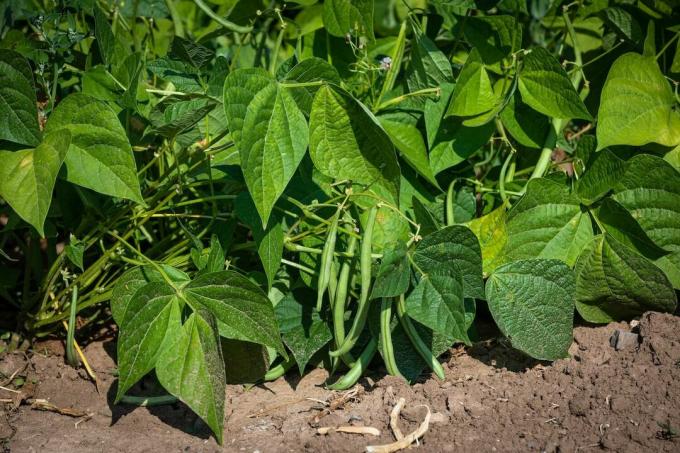
Build a climbing aid for beans yourself
Once you have chosen a suitable material for the beanstalk support, there are various ways to set up the climbing support. You can let your creativity run free. Below we have listed some possibilities for climbing aids:
bean tent
For this trellis you take up to 7 sticks of bamboo or round wood, about 2 m long, and put them in a circle with a diameter of about 1.5 m in the ground. The poles should be about 20 cm deep in the ground and placed at an angle. The distance between the bars on the circle line should be about 50 cm. At the crossing point, the sticks are tied together with a rope. The advantages of this climbing aid are that it takes up little space and that the tent-like construction has a stabilizing effect. The sloping growth makes harvesting easier here. Depending on the variety, however, a bean tent can be too small - then other construction methods are advisable.
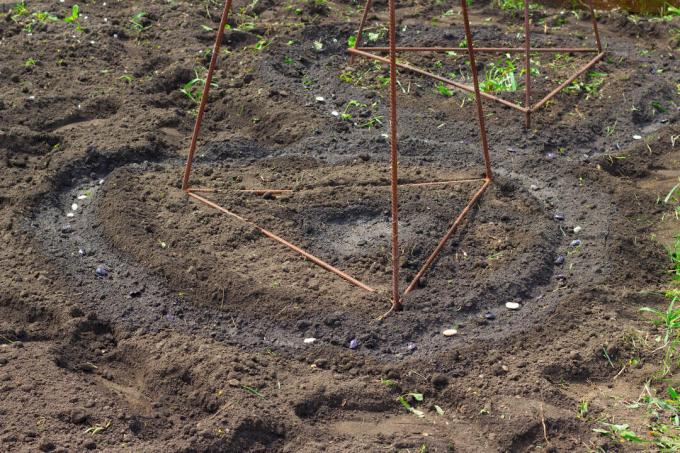
vertical bars
For this climbing aid, it is best to choose sticks that are at least 4 m long and insert them vertically about 50 cm deep into the ground. With this simple construction you can achieve the highest yields in the smallest space. In this case, however, the harvest is not particularly easy, because with this climbing aid you have to climb a ladder to harvest the beans completely.
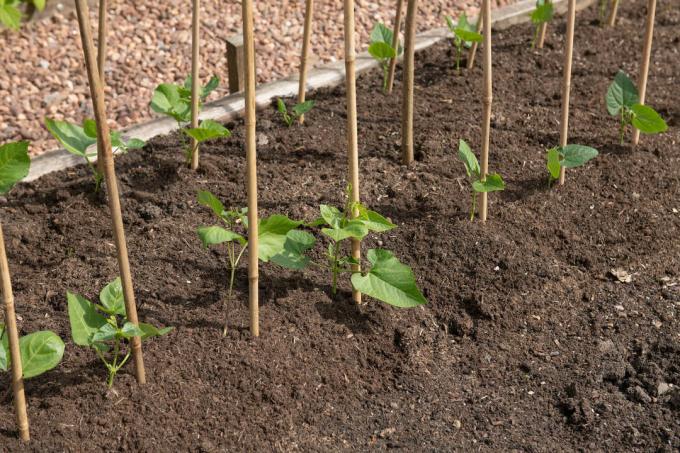
Crossed beanstalks
The classic among the climbing aids are the diagonally placed and crossing pairs of rods. Choose sticks that are about 3 m high. There is about 50 cm between sticks in the same row. A distance of about 70 cm to the opposite pillars is suitable. The trellis are inserted about 20 cm deep into the ground. At a height of about 2 m, tie the poles together to form an "A". If you put a crossbar on top of the construction and tie it, it offers additional support. This construction enables an easier harvest due to the sloping construction. However, the assembly and disassembly of this climbing aid is a bit more tedious.
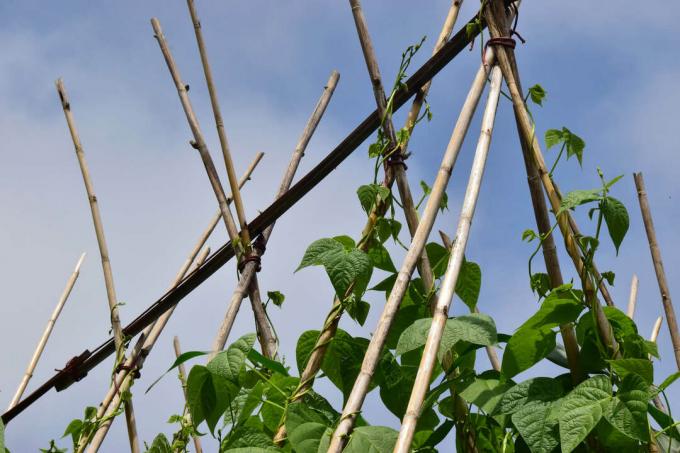
Once you have decided on a climbing aid, you can choose different ones Types and varieties of beans choose one that is right for your garden.
Register now for our Plantura garden post, secure a 10% welcome discount for our online shop and Weekly great tips, seasonal trends and inspiration for all things gardening from our expert receive.



